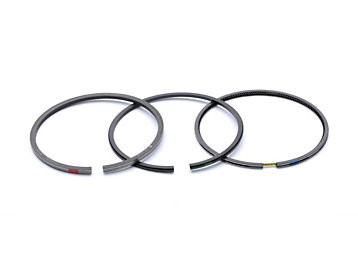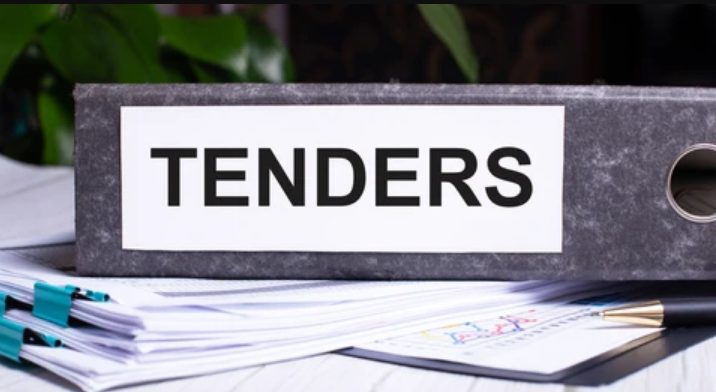Piston ring

Piston
In mechanical engineering, a piston and cylinder refers to a sliding cylinder with a closed head (the piston) that is moved reciprocally by or against fluid pressure in a somewhat larger cylindrical chamber (the cylinder), such as in an engine or pump. A gland and stuffing box (a steam-tight junction) allow the piston rod, which is firmly attached to the piston, to pass through one of the end cover plates, sealing the cylinder of a steam engine.
An internal combustion engines cylinder is open at one end to allow the connecting rod, which connects the piston to the crankshaft, to freely oscillate, and closed at the other end by a plate known as the head. In gasoline engines, the cylinder head houses the spark plugs, while in diesel engines; it typically houses the fuel nozzle. In most engines, the head also houses the valves that regulate the flow of burned fuel out of the engine and the intake of fresh air-fuel combinations.
Piston rings
The combustion chamber is sealed by piston rings. They are precisely adjusted to impart the proper pressure to the cylinder wall or liner, guaranteeing that the working surfaces of the cylinder are covered in a uniform layer of oil. This guards against wear and provides enough lubrication.
Perkins piston rings are sold in sets of three. They are the oil control ring at the bottom, the intermediate compression ring in the middle, and the top compression ring. Despite their modest size, these components are quite important to your engine's main cylinder block.
They serve to seal off the gases produced during internal combustion, aid in the transfer of heat to the cylinder wall, and then lubricate and remove oil from it. Accurately calculating the oil volumes is essential. An engine that has too much oil will eventually seize because it will burn off during combustion and may emit blue smoke. An engine with too little oil will eventually seize.
To guarantee that your engine produces the most power possible, the top compression ring's main function is to seal off the majority of the combustion gases. Your engine is not operating as efficiently as it could be if there is any piston ring failure or weakness in this location.
The intermediate ring assists with both duties, but the bottom ring handles the majority of the oil control, ensuring that the proper amount of oil is utilised to lubricate the cylinder's working surfaces, serving as the final step in both the downward oil scraping and the combustion sealing.
When these three rings cooperate, there is enough lubrication in the cylinder bore to prevent excessive wear from ever happening.
For more details click here Piston and Rings.











